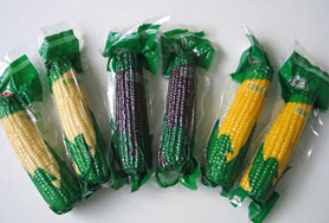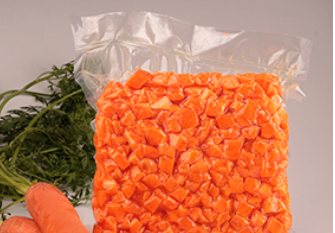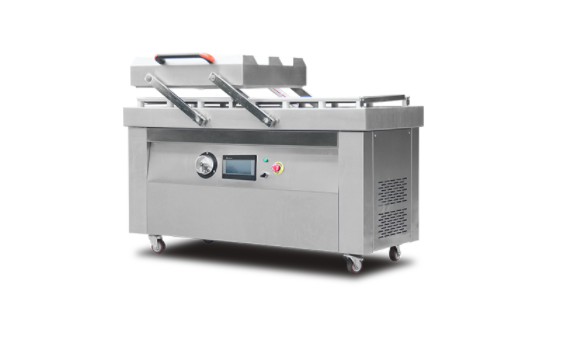- WhatsApp: +86 13606526028
- Email: contact@utien.com
Vacuum sealing is one of the recent technological innovations that have taken the food processing industry. This sealing technique is currently considered to be one of the most beneficial ways to store or preserve any food item. Vacuum sealers are available in the market in many different varieties. However, most of them are portable or built-in. The latest machines come with highly useful functions such as air return, sealing, vacuum marinating, etc. These sealers are easy to use, and can be installed seamlessly into any modern day industrial kitchen.
From keeping our food fresh to storing off-season fruits, vacuum sealing is the perfect solution for the preservation of precious food. Before discussing its benefits, it is interesting to understand why this is the most effective way to extend the shelf life of any type of food.

Many of you may not be aware of the fact that air is one of the greatest enemies for almost all types of food. Vacuum sealing is most useful for food that need to remain moist. As a result of an airtight environment, the food can no longer come in contact and be negatively impacted by air. This preservation technique is also good for solid food such as flour, sugar, etc. By preventing the absorption of air, it protect the food from getting hard.
Vacuum sealing is also an effective solution to freezer burn. As the food materials are not directly in contact to the freezer’s harsh environment, the time taken to suffer the effects of burn is much longer compared to in the open air.
The process of vacuum sealing seals a plastic bag’s contents through vacuum. Once the food is placed in a sealable bag, the air is removed by the vacuum sealer and the item remains intact for a long time. While storing a juicy food item, it must be frozen for a few hours before it is sealed for long-term storage.
Thanks to the vacuum created by the sealing machine, all types of compounds are prevented from permeating into the bag. This may include spilled liquid, oxygen, and even insects.
When it comes to long term preservation, vacuum sealing is more preferred compared to other alternatives. Techniques such as drying, salting, and canning do have specific benefits depending on the type of food stored. However, vacuum sealing is extremely useful for a large majority of items. Vacuum sealed items stored in a freezer must be thawed properly before using them.

Vacuum sealing technique is widely used in food packaging because of its several benefits.
Preservation: From cheese to soup, vacuum sealing extends the life of many different types of food. For example, meat lasts for no longer than six months using traditional methods in the freezer. However, it is possible to store vacuum sealed meat for 2-3 years in a freezer.
Savings: The ability to preserve food longer allows us to reduce food spoilage and waste. Also, vacuum sealing technology allows food businesses to buy in bulk for a lower price and store them effectively.
Protection: Vacuum sealing protects the food from external elements such as mold and bacteria. It also helps prevent the risk of dehydration as well as freezer burns.
Taste: As the food items are stored in the absence of air, their moisture, texture, and flavour gets retained. The nutritional value of the food also remains intact.
No Additive: Many traditional preservation techniques require harsh chemicals or additives. Unlike them, however, vacuum sealing doesn’t involve the use of any harmful external element.
Marination: Vacuum sealing is also an excellent alternative for meat marination or adding extra flavours or spices to food. Owing to the packaging, all the moisture and delicious flavours get sealed and marinate the meat directly.

Mentioned below are some guidelines for proper vacuum sealing of food items.
ü All counters, utensils, and cutting boards must be clean.
ü Employees handling the vacuum sealing process must keep their hands clean.
ü As far as possible, the food should not be touched with hands.
ü Ensure proper labeling with packaging date and the type of food.
ü Please remember that a low-acid vacuum packaged food should never be heated.
At Utien, we are dedicated to providing state-of-the-art service solutions to the Industrial food industry. If you want to know more about efficient packaging solution for you food processing unit, please contact our experts immediately.
By continuing to use the site you agree to our privacy policy Terms and Conditions.